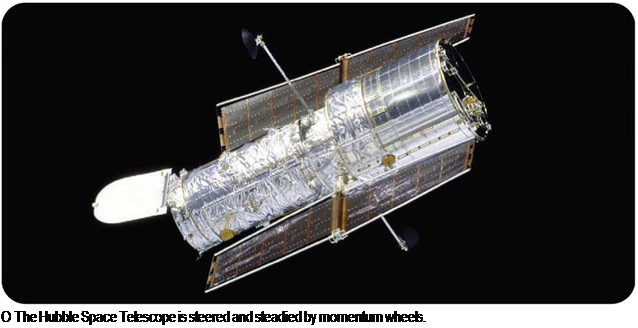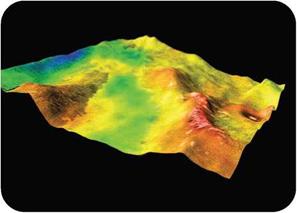How It Works
Modern hang gliders often are launched in the same way that Otto Lilienthal launched himself in the 1890s, by running down a hillside. The pilot holds the glider over his or her head and takes
VARIO/ALTIMETERS
Glider pilots, including hang glider pilots, look for rising air to help them fly higher. The vario/altimeter is an electronic instrument that shows the pilot when the glider is rising or sinking. This instrument has a visual display and also gives audio signals in the form of beeps. A typical vario/altimeter includes a height and airspeed indicator and may have a GPS navigation function. This useful aid helps a hang glider pilot find an updraft of air, or thermal, and stay within it.
|
|
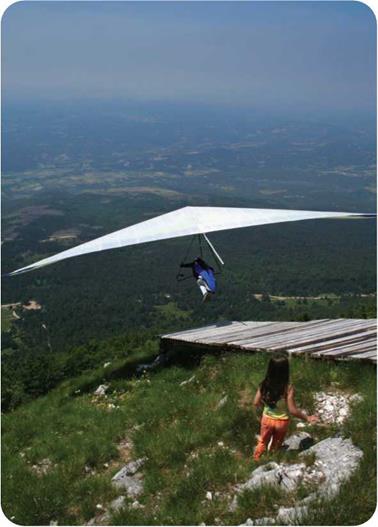 swift paces down the windward slope (the side of the hill against which the wind is blowing) until the glider catches enough air to lift off.
swift paces down the windward slope (the side of the hill against which the wind is blowing) until the glider catches enough air to lift off.
An alternative launch method is to be towed by a truck at the end of a towrope or by a boat across a lake or ocean. When the pilot has reached a safe height, usually around 400 feet (120 meters), he or she releases the towrope. Experienced fliers can choose from even more dramatic launch techniques. These methods include being towed into the
air by a powered airplane, taking off under power using a small motor attached to the harness, or being dropped from a hot air balloon.
The wing of a typical hang glider resembles that of a toy stunt kite, but it has a span of about 30 feet (9 meters). The hang glider’s wing is kept rigid by a metal frame. To make the glider go where the pilot wants, he or she shifts his or her own body position and operates a control bar attached to the glider.
A hang glider flies on the same principles as a fixed-wing glider. The aircraft fly best in rising drafts of air, for example when the wind hits the side of a hill or a sea cliff. Long flights can be achieved if the pilot flies into the updrafts of air known as thermals. Rising air also is found along mountain ridges. By good use of rising air drafts, hang gliders have made flights of more than 435 miles (700 kilometers).











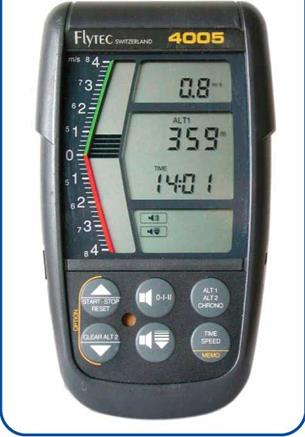
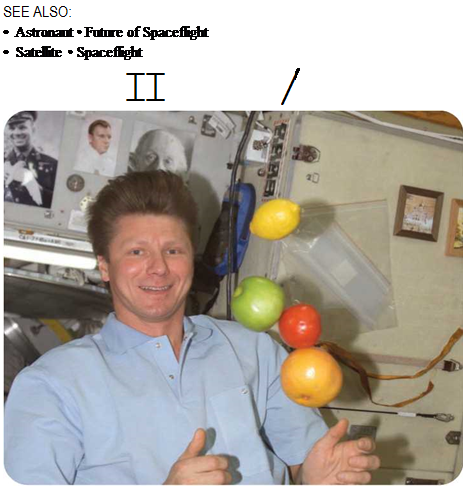 with a spray nozzle, and then using the cloth. They normally bathe every day after exercising, showering in a special economy shower unit. A space station shower uses less than 1 gallon (4.5 liters) of water, compared with an average of 11 gallons (50 liters) used by a person showering on Earth.
with a spray nozzle, and then using the cloth. They normally bathe every day after exercising, showering in a special economy shower unit. A space station shower uses less than 1 gallon (4.5 liters) of water, compared with an average of 11 gallons (50 liters) used by a person showering on Earth.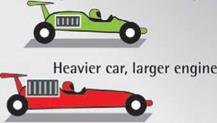
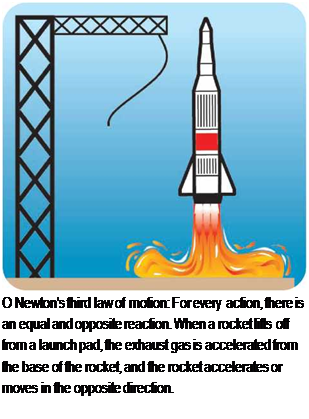 in the same direction, they combine to produce a stronger force. This is called the resultant force. When forces act in opposite directions, the resultant force is the difference between them. If the resultant force acting on a mass is not zero, it produces acceleration.
in the same direction, they combine to produce a stronger force. This is called the resultant force. When forces act in opposite directions, the resultant force is the difference between them. If the resultant force acting on a mass is not zero, it produces acceleration.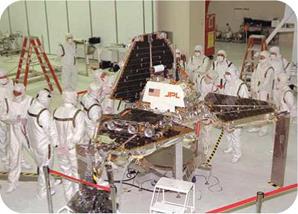 with heat-resistant materials. Space capsules usually have a heat shield that can be used only once. The Space Shuttle’s heat protection can be used again and again.
with heat-resistant materials. Space capsules usually have a heat shield that can be used only once. The Space Shuttle’s heat protection can be used again and again.